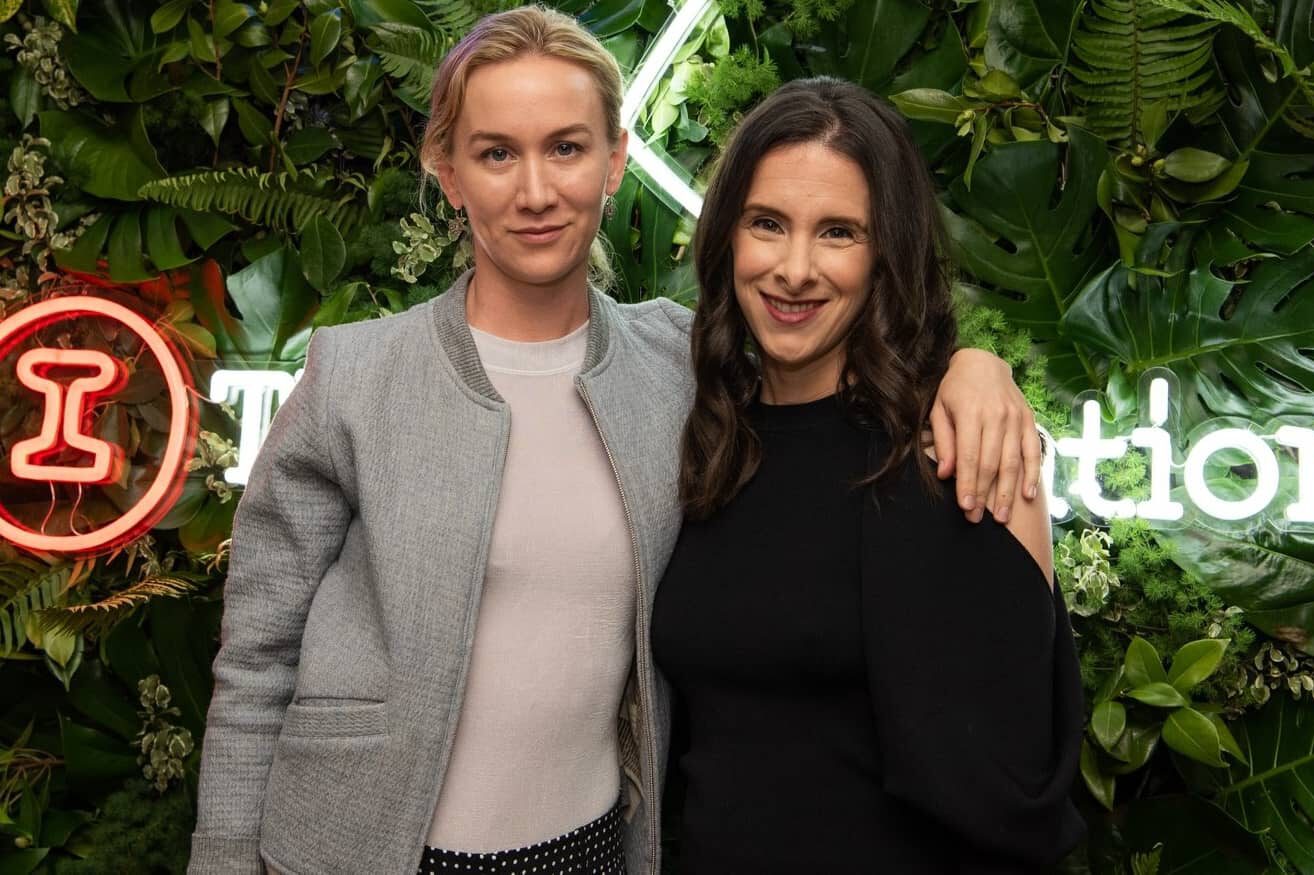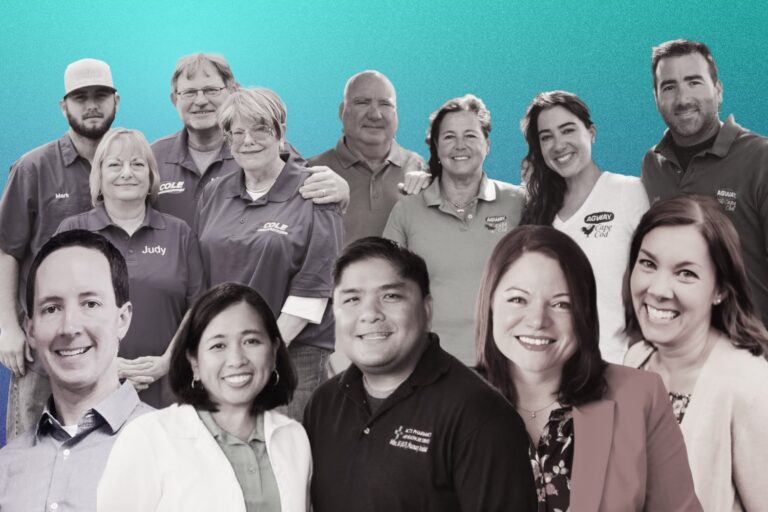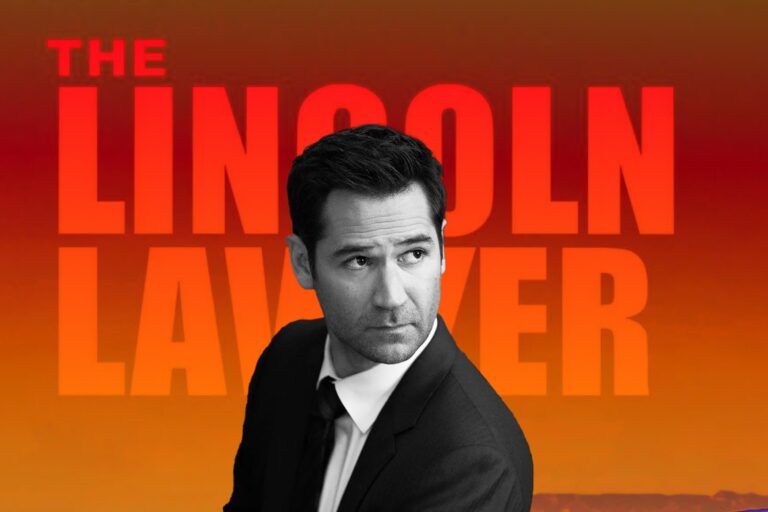The Rise of The Information to Tell How ‘Distracted’ the Media Industry Is
In 2013, a reporter quit her job and founded a publishing business that marketed to technology-sector executives – The Information. Down by the Bay Area, the publisher focuses on in-depth, data-driven, and exclusive investigative stories – also known as the old-school approach to digital news. And of course, running as a subscription-based model.
It was around 2013 and we did not know yet if people are willing to pay for news when it is everywhere on the net. Yet, this company charges a no-joke $399 annual fee or $39 monthly for access to news, says Jessica Lessin the founder, “I wanted to create a new type of news publication that is a must read for business professionals globally who care about tech.”.
That is where the good story begins, what is wrong with the media industry and what does it mean to say, ‘without subscriptions companies has no customer’? And Lessin’s trajectory on being a tech reporter, an entrepreneur, and friends to people who she is covering and investigating on!
First, let’s look at how does The Information makes money and understand its core operation!
How Does It Make Money?

“The way I see it is, people will pay for things that are valuable to them,” Lessin said.
Everything is behind a paywall, and basic subscription – at the price quoted above, grants access to the site content and a seat in many global networking events. She is not selling only stories but also a level of access. For subscriber engagement, any average reader may run into LinkedIn CEO Jeff Weiner or KPCB partner Mary Meeker in the comment section or on the subscriber-only slack channel or at an exclusive Information networking event, which the site runs about a dozen per year around the world.
Even though such big names in the tech and venture capital world are subscribers can cause a conflict of interest. Because obviously, they are The Information’s source of revenue at the same time who the company prides itself on covering honestly.
However, Lessin flips the table and turns that into an advantage point to upscale her business through a $10,000 per year product – VIP invitation-only subscription service for hedge fund managers, venture capitalist and private equity professionals.
As the founder puts it, the news is not dead in any way, shape, or form. “The barriers to building a media business are low because of digital, but the investment capital has never been stronger. And also demand for quality journalism – it has never been greater”.
According to Business Insider, only after 3 years of operation the company has generated around $1.6 million in gross annual revenue and attracted a wide range of audience from students to business leaders.
So, the question is why is this such a boom – how does Jessica Lessin succeed? What defines a successful media company and insights into the industry? Let’s read on to uncover.
The Ugly of Media and My Secret Sauce
There is something wrong with this industry and it is not working because companies are distracted by the rave of “driving traffic”. This space in general is experiencing the two ugly, Lessin claims.
#1 Off Approach
What does it mean to say, ‘without subscription, media companies have no customer’?
Before anyone else, Lessin believes subscription is a potential business that is way more scalable than building a media company based around events where tickets cost thousands of dollars, like the Wall Street Journal who is running off millions of subscribers. With this model, when you rely 100% on subscribers to pay the bills, it forces your business to develop that kind of close relationship with readers which is more than essential for long term growth.
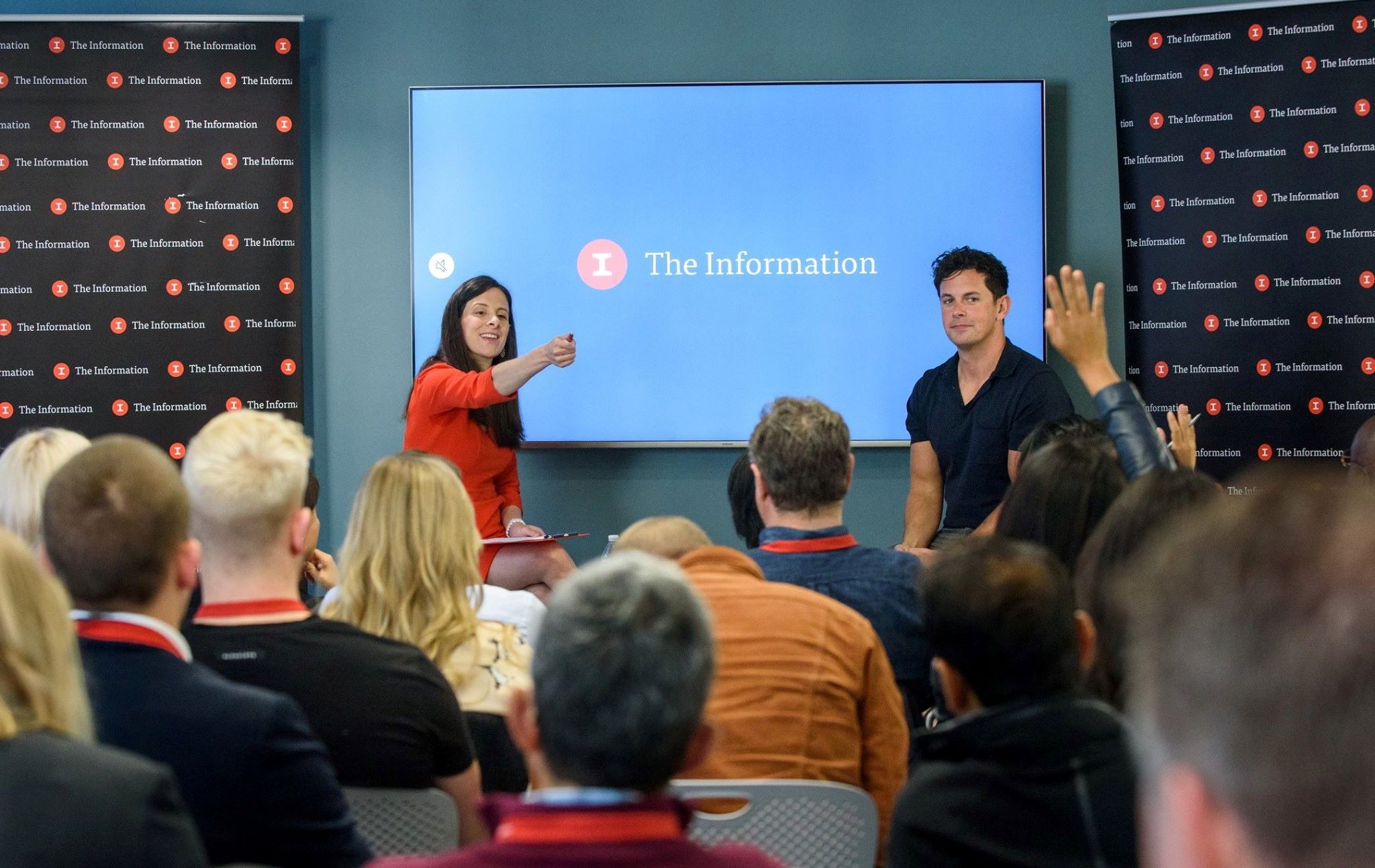
“I think in general, media companies have lost sight of building relationships with their end-users that will bring them indirectly, as opposed to just posting links on social networks and hoping people will click.” According to the founder, the flaw lies in how media companies, in general, are way too focused on being where readers are, instead of working harder to become so necessary that they have to seek you out
That has not been how people approach this industry and create a hole, where most media companies have become businesses that do not really have customers. Because in this case, the audience are not customers, they are an element that company herding in to monetize. And especially not advertisers – they are not even really the customer either. “Site sometimes doesn’t even know what kind of ads or links are going to be shown on their pages” Lessin adds.
#2 Losing Focus
It is not new that sites rely on social platforms like Facebook or Twitter to reach their readers. But one of the hard parts about having a rough paywall like The Information is letting people know what you have. So, how can you tackle this?
As the founder puts it – you should not lose focus on your operation. “I’m worried that media companies are spending way too much time and energy on those platforms”.
It’s just like back in the day when Google News first came out, and publishers were falling all over themselves trying to get preferential treatment from Google. Facebook also announced they are prioritizing friend’s posts.
“I realize that subscription and advertising businesses are very different,” Lessin explains, as she does not discourage using platforms, she encourages companies to play their strengths and be conscious about betting on social network’s algorithm should not be one of it.
What defines a successful media establish is its organic growth with quality content and smart stories.
What Is the Secret Sauce?
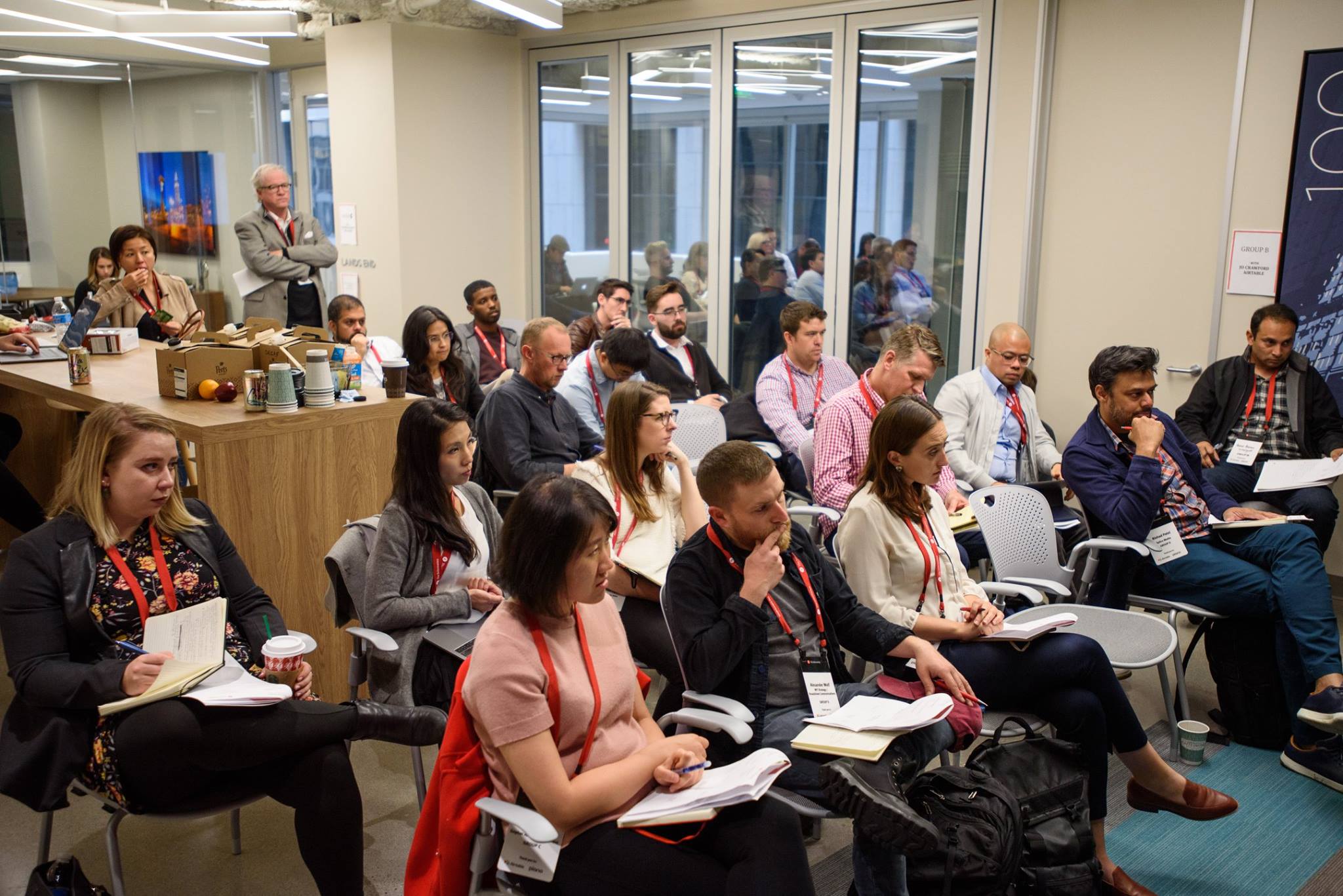
On an interview on Recode, Lessin mentions where media is going and what people are willing to pay for. According to her, there were times where journalism collapsed because of the internet, so you know there is something wrong with the old model. “Traditional publications simply don’t have cost structures that make sense”. Besides, audiences today only value content and are willing to pay if there is a trade-off.
This means, of course, Apple, Uber, scandals, big news about big tech companies is important but more than that is how you can make those valuable for your customer. How is this news important to them, how is it going to change their life and business? You have to be able to translate all that into your customer’s benefits. To see the world of people and business through technology, not just tech obsession.
In brief, the secret sauce is to drive attention back into the human side of the problem, not just featuring organization and their scandals.
Moreover, to pursue real journalism. It is crucial to pay big for editorial as The Information claims 60 percent of the company budget is devoted to editorial. In this age of automated writing, video-centric journalism, why does Lessin insist boots-on-the-ground are central to her business?
It is critical, because this old-school approach is what journalism is all about – this is the question of how well you understand the core of your business. In this case of The Information, journaling is not sitting behind the screen, waiting for companies to break news and pick up. Winning companies control their business and be active and assertive to be ahead of the game. “You have to meet people and get information from them. I have no doubt that the value of excellent reporters will grow as quality reporting becomes relatively scarcer as lower quality information becomes more abundant.”
Any way you slice it, good information is becoming more valuable.
“In order to succeed as a subscription news product, you have to have a differentiated offering. You can’t be rewriting press releases or doing purely pickups of other people’s work without added commentary. You have to offer something that subscribers can’t get anywhere else.”
Memoir on Scaling Both the Company and Herself
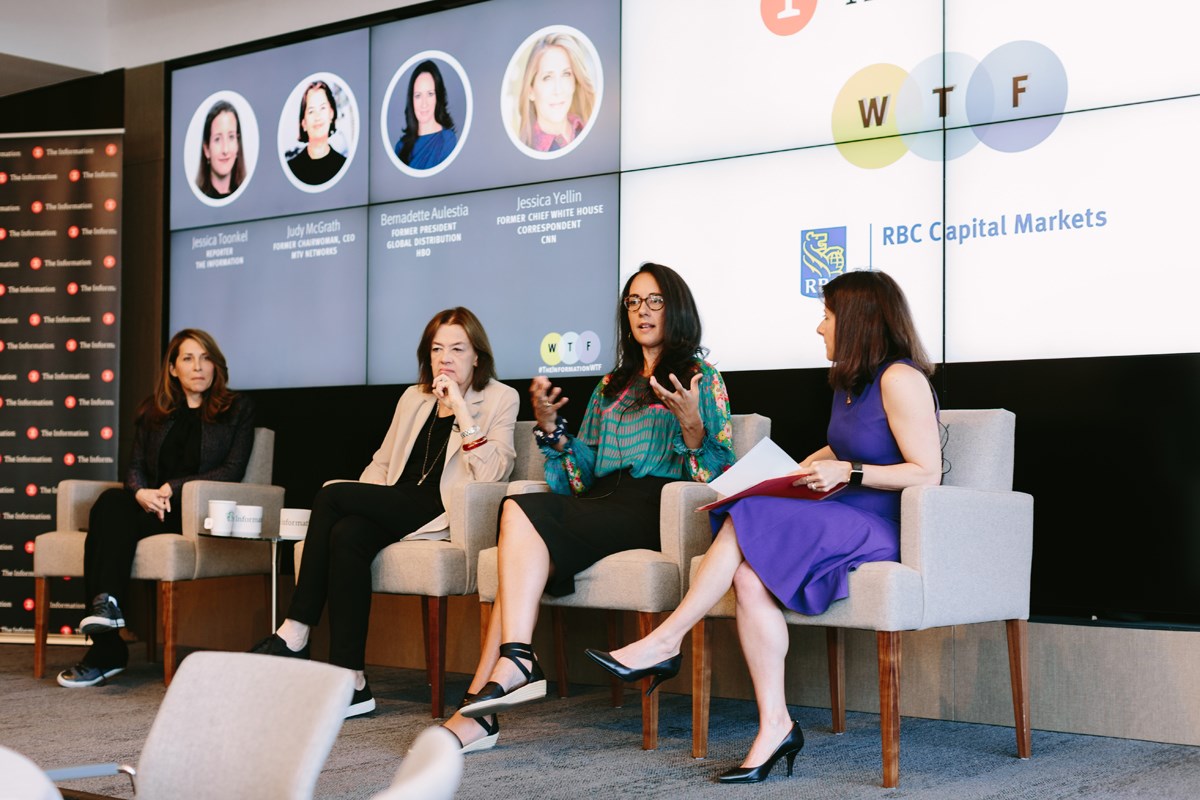
Nailed an internship at the Wall Street Journal as a Harvard graduate, the founder later became their full-time staff member. During her tenure at the publication, the reporter wrote more than a thousand articles and news stories while covering Apple, Google, Yahoo, Facebook, Twitter, and other global technology companies.
Running her brainchild, more than anyone, Lessin understands the critical point and value of the subscription model. Especially in scaling, after three years into the market, the founder managed to expand The Information both way – up and down the stream, specifically with the student edition for $19.50 per month and an extra-premium product called “The Information for Investors”, which is $10,000 a year.
Besides, she also formed a six-person advisory board to help navigate the next stages of growth. The Silicon Valley audience of tech decision-makers is arguably the easiest subscriber group to lockdown. Lessin has identified fin-tech, biotech, and media for the next wave. Geographically, New York and Los Angeles are on her radar, as are emerging tech epicenters such as Austin, Denver, Boulder, and Salt Lake City. Further afield, she has plans for Asia.
In an interview with Laura Owen from the Nieman Lab. Lessin in the role of an entrepreneur talks about scaling her already expensive product, what she has learned about hiring and the transformation within herself.
2 Ways to Successfully Scale a Subscription Model
With this model, scaling doesn’t only mean hiking the price, sometimes, it can be expanding your product line with different prices to target and reach out to a broader range of audiences. As the company doubled the number of subscribers to its core offering, it has continued to grow by tie a tighter price to value for people who do not fall in the sweet spot of its core product. The student subscription ticket is an example.
At the same, you can continue to enhance your product – stories and valuable data, to offer a more quality and special reporting to organization and people who interested in. And in this case, is the $10,000 VIP package from the brand. According to, there will be specials like conference calls and other types of briefings.
After all, regardless of how outstanding or out-of-box your scaling strategies are, there is still another problem to solve: humans. The workforce’s availability to run your engine and serve the crowding end users.
What Do I Have to Commit – In Hiring and Running Business?
Does this new offer require new training? On top of that, with such exclusive and private news, do the reporters themselves have to be somebody on the net? How does Lessin recruit and the back-stage stories?

Surprisingly, the founder says, so far many of her expanding has not required any additional work, no change to how the team operates their newsroom at all. However, while adding team members to be “the third-largest reporting team covering technology in the Bay Area”, after Bloomberg and The Wall Street Journal. There are a few things, Lessin as leading a reporting team has to commit.
“I think what surprised me is how much time I spend on recruiting and growing our team”, the founder recalls, back when she was a reporter and went around asking entrepreneur what takes most of their time, they said it’s recruiting and she didn’t buy that – thought they were dodging her question, till now. Being a leader, it takes a lot of effort to make the right hire.
“Because the right team wins. The ability to recruit and lead teams is, I think, the essential quality for an entrepreneur.”
Besides time, culture is another thing you have to commit while and before hiring. As Lessin puts it, culture is not what kind of snacks do you have. It really is why everyone at your company is doing what they are doing. That can be critical in both recruiting and bringing clarity to prioritizing what the business is going to do and go after.
Entrepreneur Memoir
Now standing as an entrepreneur and leader – running a company and managing people. A first-timer herself, how had the founder gone to people in the industry for help? And what has she learned from the experience of launching and growing The Information?
“As a reporter, it’s my second nature to ask questions. That’s how I run a business.”
Lessin recalls constantly turning to people for helps – across her board, with entrepreneurs and professionals like Paul Steiger, Wall Street Journal editor, Jim VandeHei, etc. “Those people are great when I have some targeted issue, I really want to put a lot of brains against.”
More from the conversation, Lessin mentions the one thing she sees as the most important value running a company and delivering values is “razor-sharp focus”. Sometimes, it is really hard for companies to recognize they are shifting away, with all the temptation to try to tackle every idea or opportunity that comes in the way. “I have learned over four years into the business that focus is key”, she explains, even though the publisher been staying true to the subscription-only model, at some points it’s been tempting to add additional source of revenue.
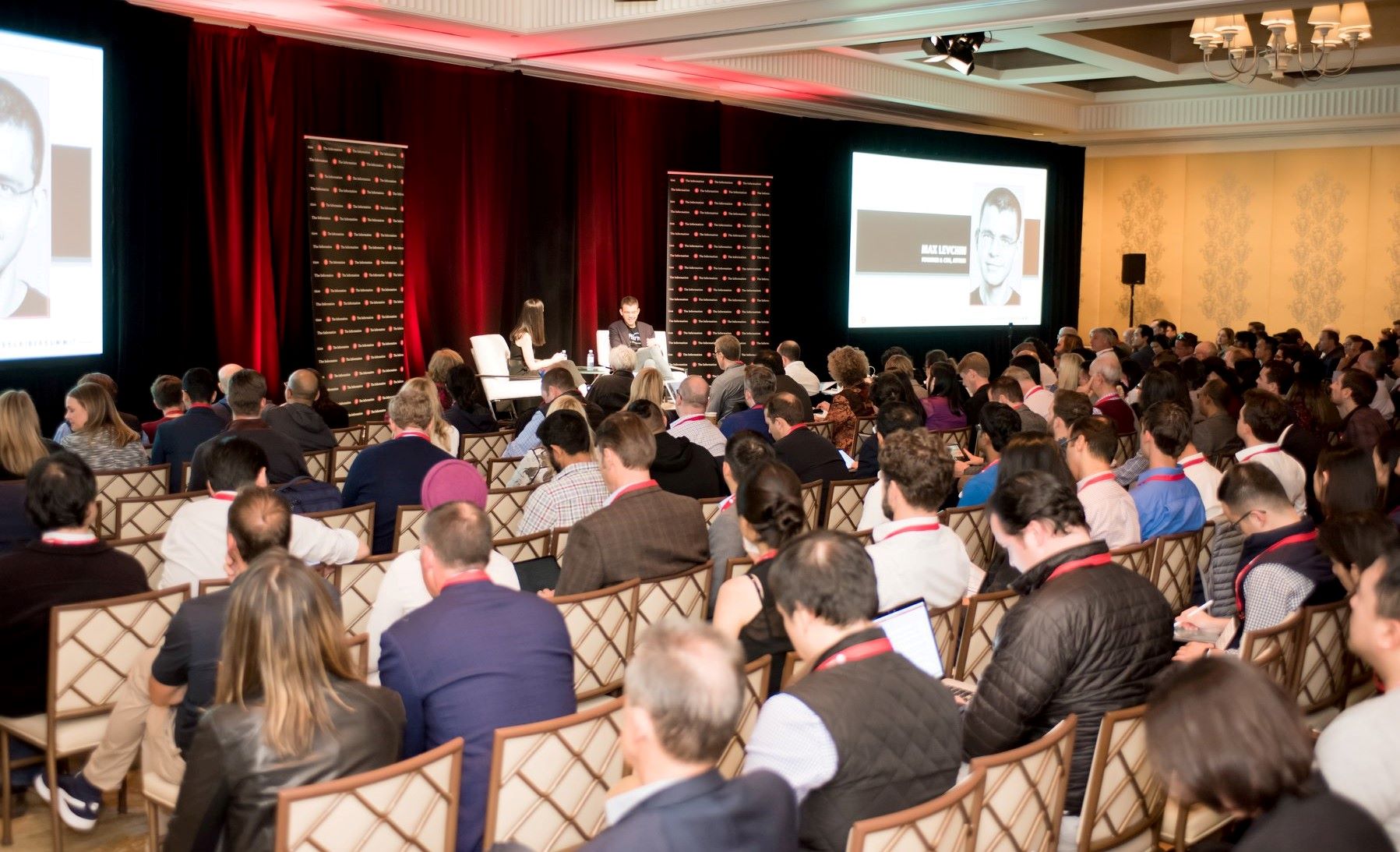
The same is true for recruiting and editorial efforts. When you are spreading too thin, the goals become unclear. Therefore, even though it’s hard and, probably risky, to stay focused – yet it is essential for you to win in what is most important in the near–term. About other opportunities, they have to wait, and you can take on those challenges later.
“There is a strong tendency to do everything at once when you are very excited about building a new publication. It is an exciting time and so easy for you to be pulled in many directions. But the formula that works well for us at The Information is relentlessly focusing on one question. By staying very focus, you would be able to maintain your fast growth, not to mention keep the business alive for other opportunities,” Lessin claims.
Another charm of this story is how the reporter has to befriend these techy elites at the same time covering news on them.
Going from tech reporter to an entrepreneur, while still being a reporter to write and involve in content creation, just now that she has seen the other side of the house – as an entrepreneur. Does this make her sympathetic to the people whom she should be covering?
“It’s a pain to admit it. But it is very helpful actually!” she explains, this position has helped her to be more relevant and easier to get things right – not just ‘fact write’ but also focus on the real story. Like that time the team once covered how Square was shutting down one of their business lines, while other papers assuming this is a bad thing for the company’s operation. But under the scope of an entrepreneur, this is actually a great leap, she says, for companies who finally figured out who they are, what they are supposed to do. As a matter of fact, shutting down something to open new opportunities and operations shows how savvier companies get.
Just like that she gets the best of both worlds, to see stories under different scopes and roles and finally translate them into a valuable business.
The Bottom Lines
The beauty of The Information is the way its founder brought boots-on-ground journalism back to life – to see true and underlying values of many old-fashion professionals. The question is, are there any left out there, something that is dying but with up-to-date strategies and new approaches we can make great business out of?

